Unlike so many major city art museums, the Seattle Art Museum isn't really an 'encyclopedic' museum with broad representation across the history of art. Its collections of 'classic' European art are relatively thin. That didn't really dawn on me until well after, because there was so much else to hold my attention, starting with the lobby.
Middle Fork by John Grade was made from a plaster cast of a 140-year-old hemlock growing in the Middle Fork area near Seattle. Grade and hundreds of volunteers assembled it from reclaimed old-growth cedar chips. Since its first display in 2015, new height and limb have been added each time it has traveled to another museum; it's now 105 feet long. Grade is known for work that makes natural elements like lava flows and calcium deposits visible in art.
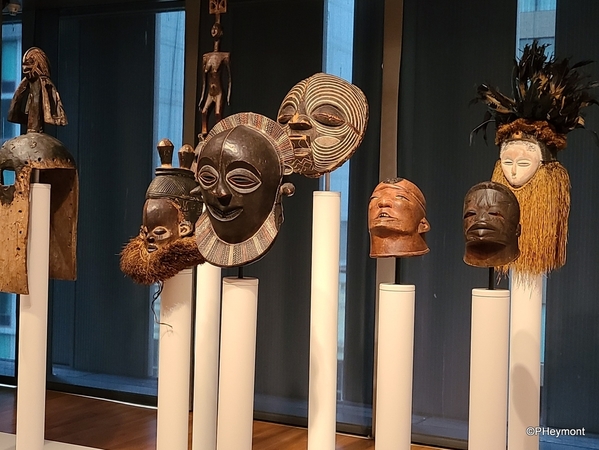
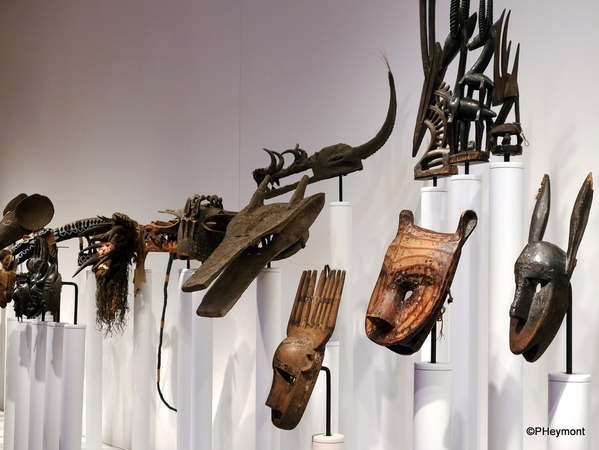
An exhibit of traditional masks from Africa starts with the question "What is the job of a mask?" and then answers it in part for these: They represent human desires or wishes for humans to possess the characteristics of particular spirits or animals.
But, just a bit further on, it turns to another use of masks: to disguise and keep secrets. In this particular case, the masked figures represent a Dry Season Festival among Nigeria's Afikpo people. Adult men are the paraders, and the preparations are kept secret from women and younger men. In the parade, men may be almost anything: women, teachers, children, Europeans, Muslims or more. They are judged by how persuasive they are in their disguises.
And yet another kind of disguise: not a mask, but a cloth of sorts, which the Ghanaian artist, El Anatsui, calls Conference. It's made of liquor-bottle tops, evaporated milk cans, and aluminum and copper wires. He speaks of them as fragments, and describes it as representing in part the fragmentation of the African continent and the African diaspora.
Issues of Africa's division and colonization are explored further in this painting by Congolese artist Cheri Samba, who started her career doing billboards and comic strips. In The 90s, a corrupt politician who has emptied the treasury box says "I gave them democracy and they are still hungry, what should I do?" while at the edge, an investor labeled with the initials of the European Bank for Reconstruction and Development has moved on, saying "Patience...the sun is rising in the East."
The exhibits that focus attention on encounters between Europe (and America) and Africa span 500 years and make note of the long and complex history, and what Europe's exploitation of Africa and Africans has meant.
One of the delights of visiting smaller museums is the chance to see works by artists whose reputation is regional, or who are less well-known than others. In a museum this size, their works are often front-and-center, where a museum with various Van Goghs, many Monets and rooms of Rembrandts will leave them to the side or not show them at all. Above, a work by Danish artists Vilhelm Hammershoy (1864-1916). For ten years, most of his paintings were made of, and inside, his apartment.
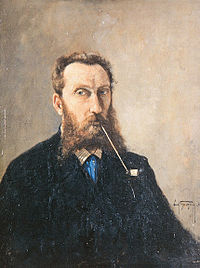 This painting by Paul Camille Guigou (1834-1871), who mostly painted Provence landscapes, in styles that can resemble Courbet and Millet. Like Van Gogh, he never made a living as an artist, and worked as a notary clerk and tutor. His work had a brief vogue thirty years after his death. I wish the fine brushwork in this painting could be seen in my photo; it is impressive. That's an 1869 self-portrait at left. Wheat Field, above, is from 1860.
This painting by Paul Camille Guigou (1834-1871), who mostly painted Provence landscapes, in styles that can resemble Courbet and Millet. Like Van Gogh, he never made a living as an artist, and worked as a notary clerk and tutor. His work had a brief vogue thirty years after his death. I wish the fine brushwork in this painting could be seen in my photo; it is impressive. That's an 1869 self-portrait at left. Wheat Field, above, is from 1860.
In the next room, I found a temporary exhibit, looking at one of the well-known views painted by many of the Impressionists and other 19th-century artists: the arched cliffs at Etretat, in Normandy. Monet was there, so was Boudin, Courbet, Daubigny, Delacroix and Corot. Surprisingly, although I've seen many paintings of the area, I don't think I'd seen photos before!
The names of the photographers are lost, but the focus of the second image, of humans on the beach (in this case fishermen) was not. Boudin, for example, put fishing boats and the equipment to haul them in at the center of one picture, and a crowd of washerwomen hardly concerned with the massive formation in another.
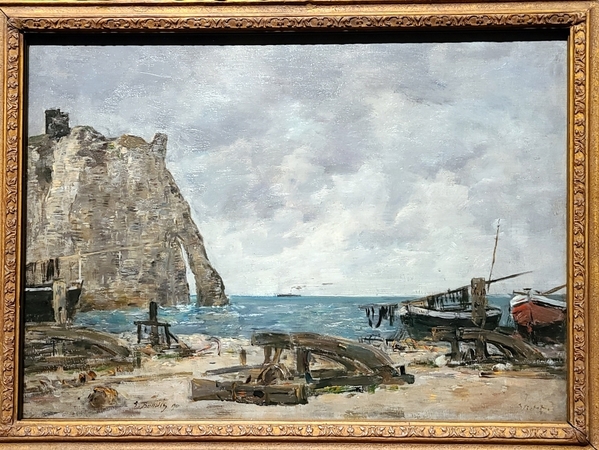
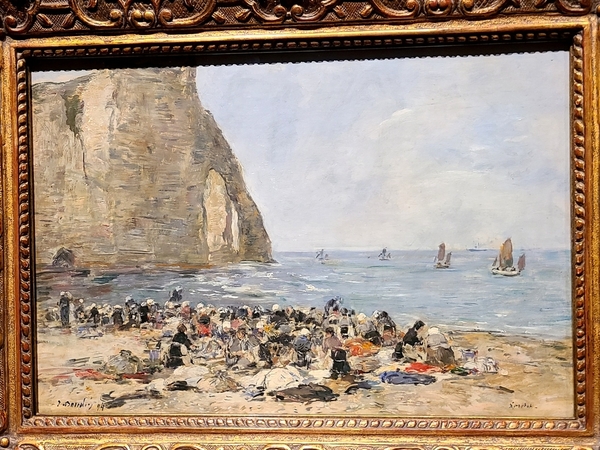
Monet made a number of paintings of the rock formations, although none were on hand for the exhibition. He had some doubts, too; he wrote to his wife that "I count on doing a large canvas of the cliff of Etretat, although it is certainly bold of me to do that after Courbet, who did it admirably, but I will try to do it differently."
Two other Monet paintings that were on hand are of fishing boats hauled onto the Etretat beach; the first painted in 1883 on his first trip, and the second in 1885 when he returned.
Next stop for me: One of the largest collections I've seen of domestic china, pottery and stoneware, showcased and lit so that the room almost seemed magical even without looking closely at the collection.
A first glance at Katharina Fritsch's Man and Mouse seen from a mezzanine gave an impression of playfulness—an impression that totally disappears at close range with the realization of what it is standing on.
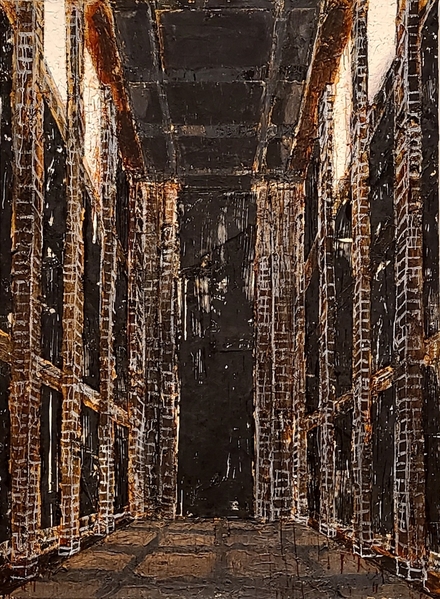
Three disturbing (to me, at least) works by Anselm Kiefer, finish today's visit. Kiefer, born just after World War II, has explored themes and images that were based on romantic mythologies, but incorporated by Nazi ideology and iconography. The untitled work above is said to comment on Albert Speer's grandiose Nazi architecture.
In Orders of the Night, above and The Wave also known as Lilith at the Red Sea, Kiefer used a variety of materials including acrylic, emulsion, ashes, shellac, cloth, straw and wire to create deeply textured effects.
There's enough more at the museum to demand another visit, and this is only of its three campuses. Its former home on Volunteer Hill is now the Seattle Asian Art Museum, and it has a sculpture garden on the Seattle waterfront.


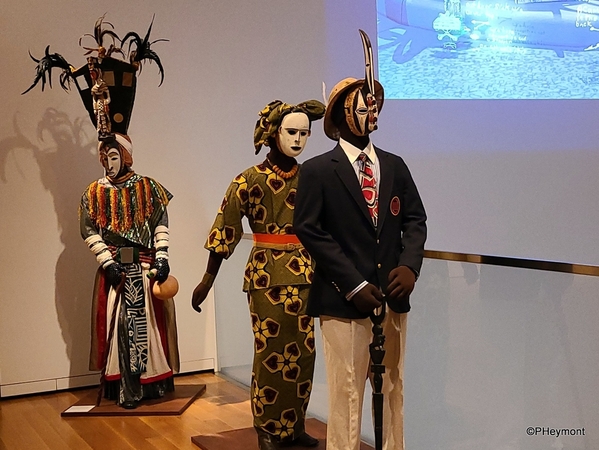
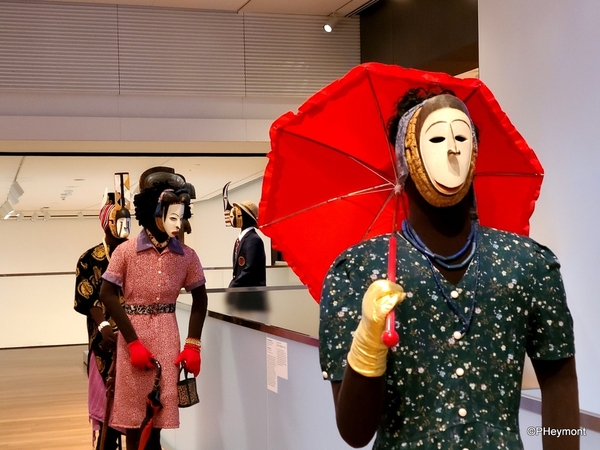
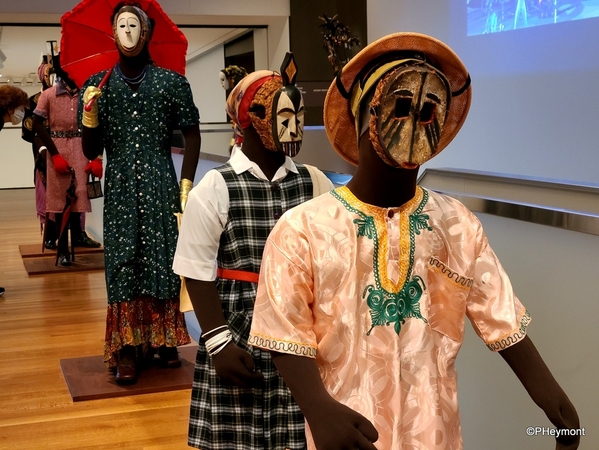
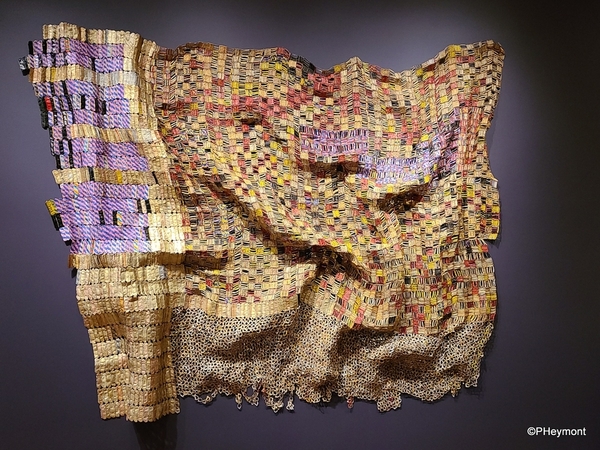
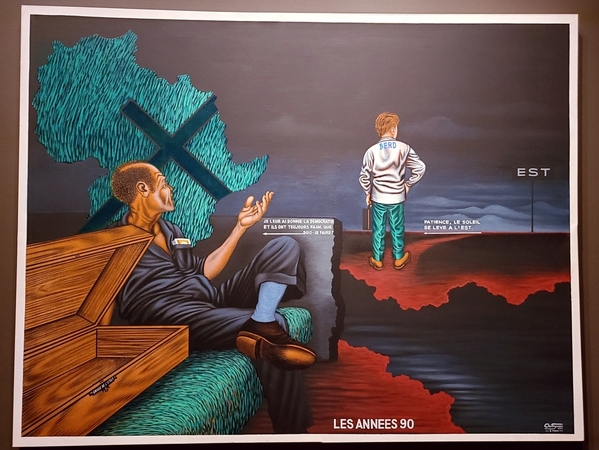
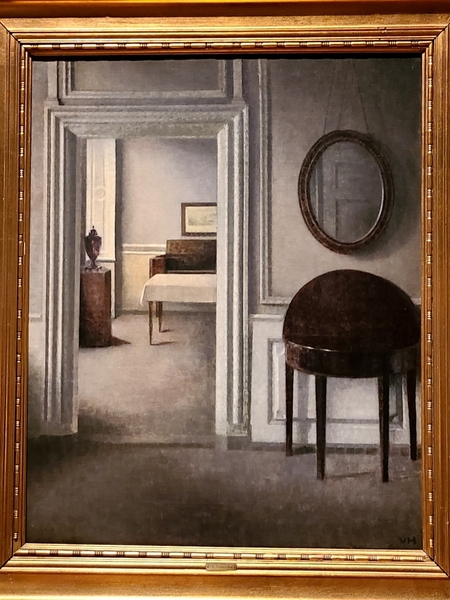
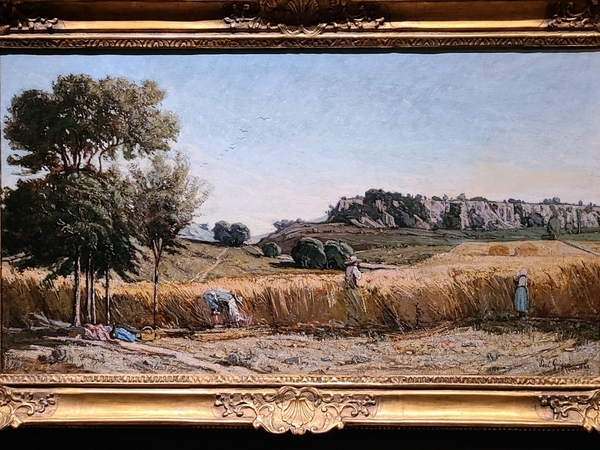

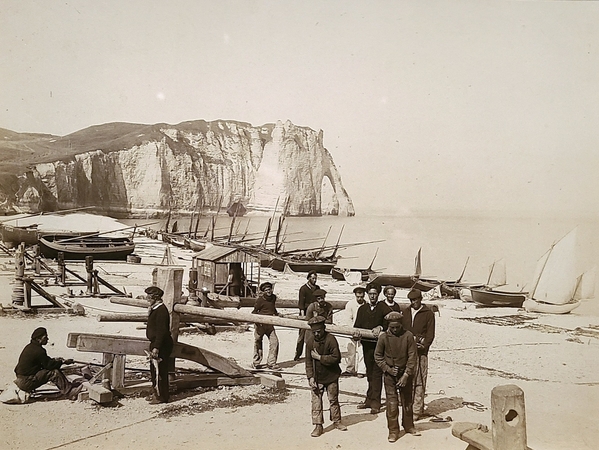
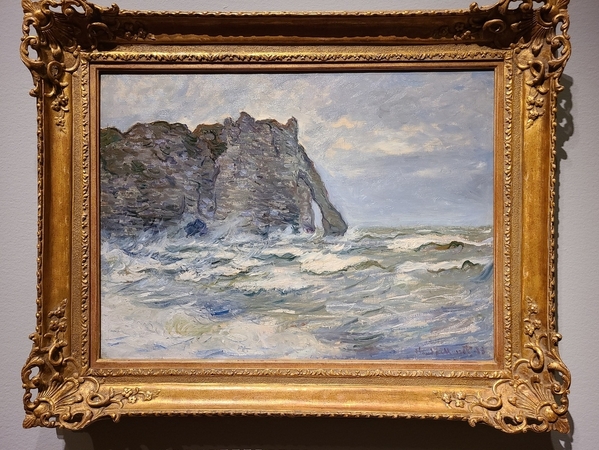
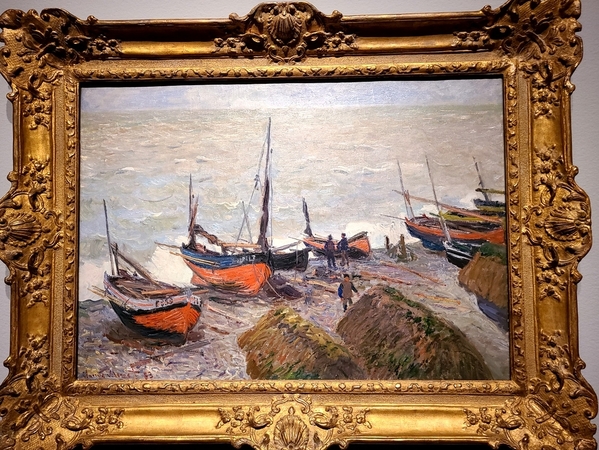
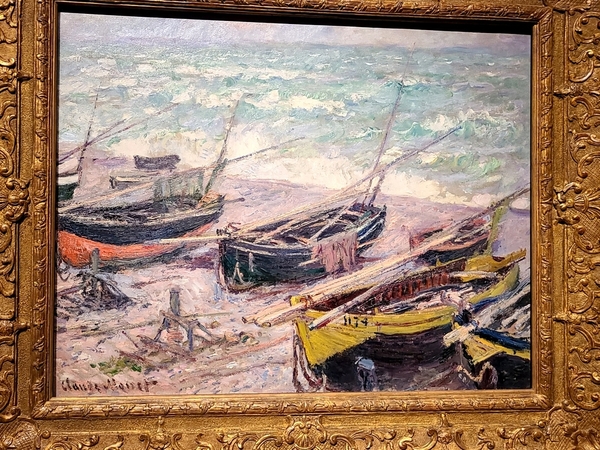
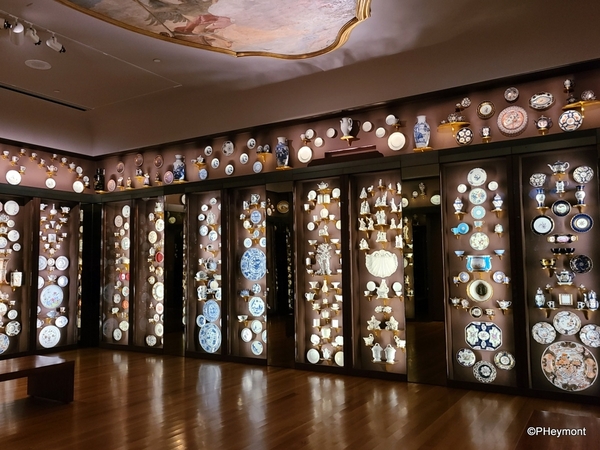

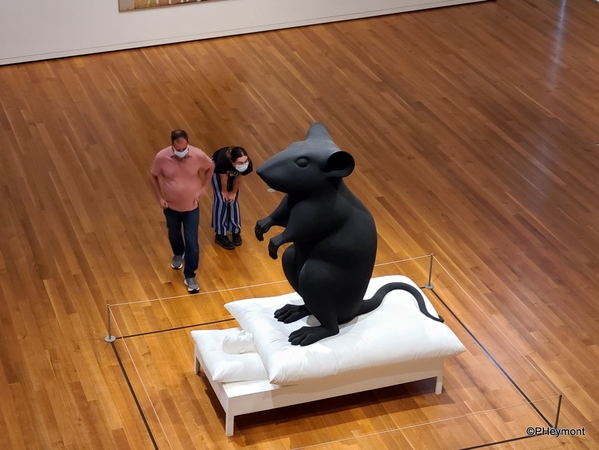
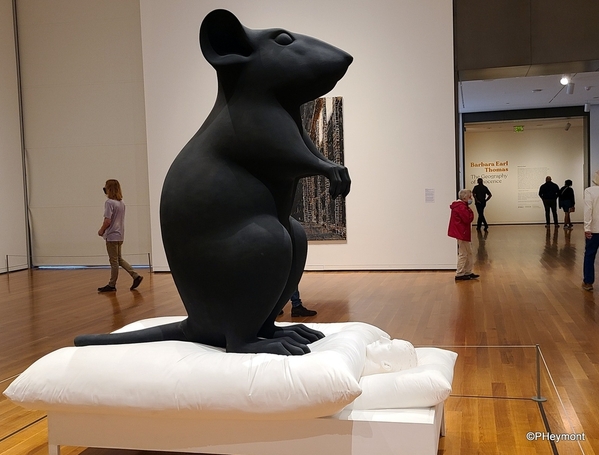
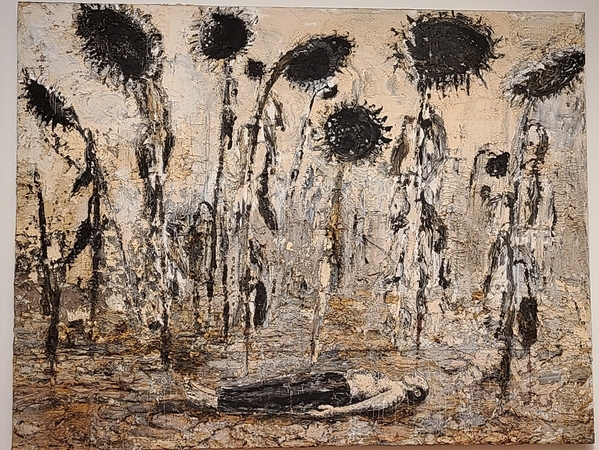
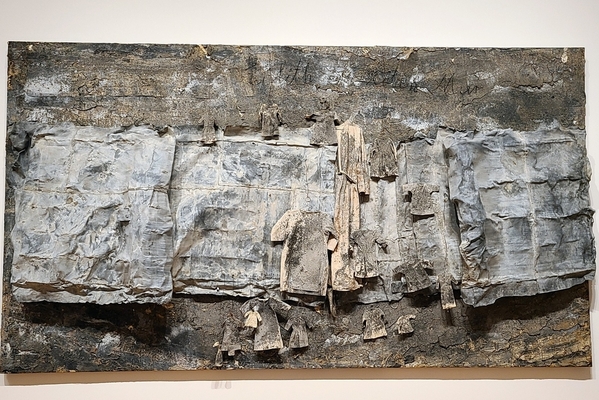
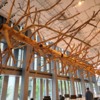









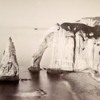






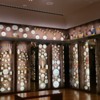




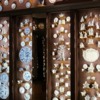


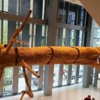
Comments (0)